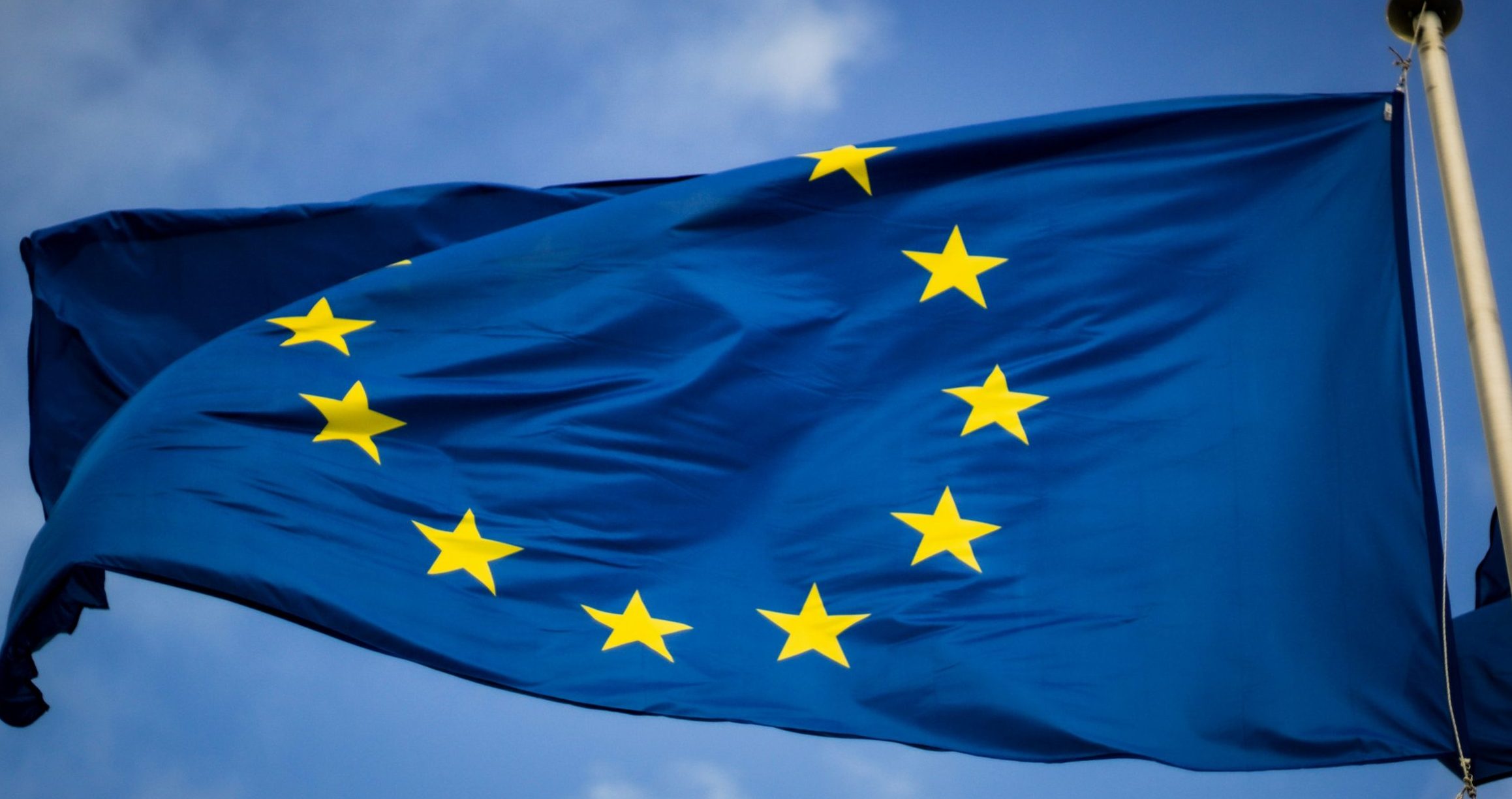When it comes to buying products made in the European Union (EU), consumers often look for high-quality goods that reflect the continent’s reputation for craftsmanship, innovation, and sustainability. However, finding truly “Made in EU” products in today’s globalized market, especially on online platforms like Amazon, can be an increasingly difficult task. As marketplaces become saturated with products from all over the world, particularly from China, consumers must exercise caution and conduct thorough research to ensure that they are supporting local businesses and buying authentic EU-made products. In this article, we’ll explore the key challenges and pitfalls of finding genuine Made in EU products online and why it’s so important to make informed choices.
The Rise of Globalized Marketplaces: A Double-Edged Sword
Online marketplaces like Amazon have transformed the way people shop, making it easier than ever to access products from around the world. While this convenience is undeniably appealing, it has also created an environment where distinguishing between genuine European-made products and those imported from other countries can be increasingly challenging.
Chinese Imports Flooding the Market
One of the primary obstacles to finding authentic EU-made products is the overwhelming presence of Chinese-made goods on popular online platforms. Many sellers from China use platforms like Amazon to sell their products directly to European consumers, often without clear indication of where the products are manufactured. This can make it incredibly difficult for shoppers to discern the origin of a product, as listings might be vague or misleading, even though the product is being marketed as “European” or “high-quality.”
Unclear or Misleading Product Descriptions
Another issue is the lack of transparency in product descriptions. While some listings may claim that a product is made in Europe, they may not provide specific information regarding the country of origin, leaving buyers unsure about the true provenance of their purchases. In some cases, a product may even be manufactured in a non-EU country but assembled in the EU, leading consumers to believe that it is genuinely made in the European Union when, in fact, it is not.
Brand Ownership and the Myth of “European” Brands
Even when a product is branded as European, it doesn’t always mean that it is still owned or controlled by a European company. Mergers and acquisitions in recent years have led to several European brands being acquired by non-European corporations. While the product may still be manufactured in the EU, the actual ownership of the brand may no longer be European.
Take, for example, well-known European companies that were once family-owned but are now part of global conglomerates. These mergers can make it difficult for consumers to determine whether their purchase is truly supporting local, European businesses or foreign-owned entities. Therefore, before making a purchase, it’s crucial to check not only the product’s origin but also the ownership structure of the brand.
The Importance of Doing Research
To avoid falling victim to misleading product descriptions and claims, it’s essential to do your research before making a purchase. Here are some practical steps to help you navigate the complexities of finding authentic Made in EU products:
- Check for Clear Product Labels and Tags
While online marketplaces may not always provide clear information, physical products often have tags or labels indicating their country of origin. Look for products that explicitly state “Made in the EU” or “Made in [specific European country].” This is your first line of defence in ensuring that you’re getting a genuine European-made product.
- Read Reviews and Seller Information
Pay attention to customer reviews and the seller’s information. Genuine European sellers often provide clear and transparent product descriptions, whereas third-party sellers may leave important details about product origins out of their listings. If a seller doesn’t clearly state where the product is made, consider reaching out to them directly to ask for clarification.
- Verify the Brand’s Ownership
Research the brand you’re interested in purchasing. Even if it claims to be a European brand, check its ownership. Many websites and business news outlets provide information on recent mergers and acquisitions. Knowing the company’s ownership structure can help you make a more informed decision about where your money is going.
- Buy from Local or Trusted EU Retailers
One of the best ways to ensure that you’re purchasing authentic European products is to buy directly from local European retailers or trusted EU-based websites. Not only can this reduce the risk of receiving counterfeit or misleadingly labelled products, but it also supports small businesses and encourages sustainable practices. Buying locally is also a great way to support local artisans and manufacturers who may not have the same marketing budget as larger, global brands.
The Benefits of Buying Locally and Supporting Local Businesses
When you buy products made in the EU, you’re not only investing in quality but also in sustainability, ethical labour practices, and innovation. Supporting local companies helps stimulate the European economy and provides jobs for workers across the continent. Additionally, EU-based products often adhere to stricter environmental regulations, which means they’re more likely to meet high standards for sustainability and ethical production.
Furthermore, when you support EU-based businesses, you help ensure that manufacturing remains in Europe, creating a more resilient and self-sufficient economy. This reduces the environmental impact of long supply chains and supports a more sustainable global economy.
Conclusion: Buy Smart, Support Local
Finding truly “Made in EU” products online can be a challenging task, but with the right approach, it is possible to navigate these pitfalls and make informed decisions. Always take the time to research the product’s origin, check the brand’s ownership, and look for clear, honest labelling. By shopping locally and supporting European businesses, you can make a positive impact on both your community and the environment.
At origineu.quest, we’re dedicated to helping you discover genuine Made in EU products while encouraging transparency and sustainability in the marketplace. Join us in our mission to support local economies and create a future where European craftsmanship and innovation continue to thrive.




